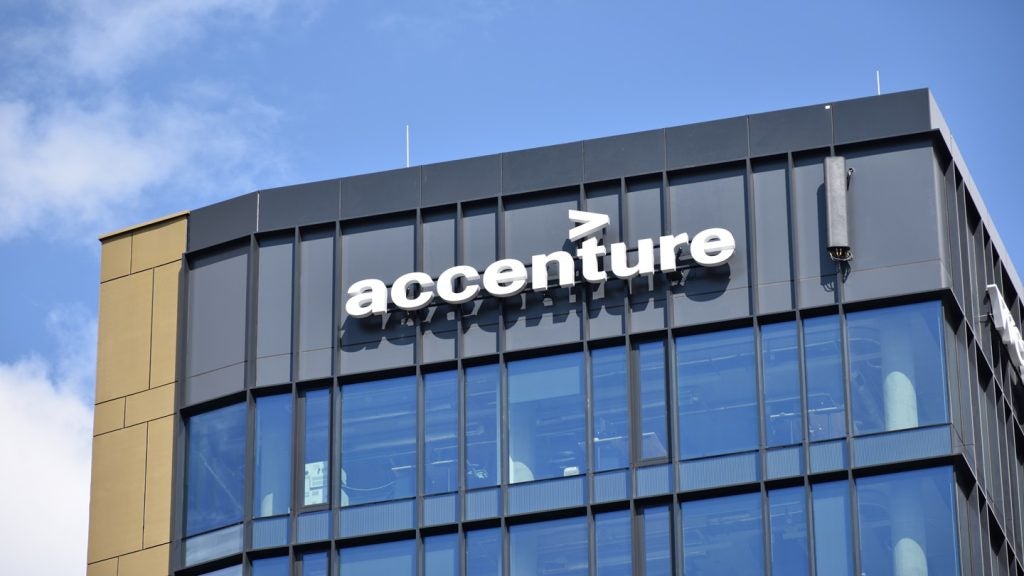It is early days for mobile banking and adoption is
still low. M-banking use does not exceed 1 percent of banking
customers in most markets. Nevertheless, the channel is now growing
strongly in both developed and emerging economies, according to a
new report on the industry from VRL KnowledgeBank*.
The move towards self-service banking channels – from the
branch, to the ATM, to the call centre and then to the internet –
has seen customer choice and convenience steadily enhanced. With
the promise of banking anywhere and any time, mobile banking is
viewed as the next natural step in this evolution.
Short messaging service (SMS) banking first appeared in Finland in
1992. As online banking was gathering momentum in the late 1990s,
browser-based m-banking was also rolled out on a large scale. The
initiatives were ill-fated, however. The technology and
infrastructure were underdeveloped and consumers were not yet
accustomed to using their mobile phones for anything other than
making calls. Consultancy Celent estimated in 2002 that financial
institutions in North America had spent $250 million on m-banking
initiatives, yet had signed up fewer than 250,000 users.
The majority of banks that had launched m-banking around the turn
of the century discontinued the service within a few years. Many
observers believed that mobile banking was finished for good. Since
then a great deal has changed. Mobile devices have become more
powerful and network speeds have improved. Mobile phones have gone
from being a luxury to being a utility and are now commonly used
for a wide range of non-voice applications.
Extensive experience with online banking has also familiarised
consumers with banking through electronic channels. Banks,
investors and industry observers have once again begun to see
m-banking as a compelling business opportunity. Mercator Advisory
Group forecasts that m-banking fee revenues available to banks,
mobile operators and vendors will exceed $1 billion in 2011.
Phenomenal growth
It is difficult to overstate the phenomenal growth of mobile phone
use worldwide over the past decade. There are now more mobile
subscribers than fixed line subscribers and mobile is bigger than
the internet by every measure – number of devices, number of users
and global annual spend.
How well do you really know your competitors?
Access the most comprehensive Company Profiles on the market, powered by GlobalData. Save hours of research. Gain competitive edge.

Thank you!
Your download email will arrive shortly
Not ready to buy yet? Download a free sample
We are confident about the unique quality of our Company Profiles. However, we want you to make the most beneficial decision for your business, so we offer a free sample that you can download by submitting the below form
By GlobalDataAt the end of March 2007 there were just over 2.83 billion mobile
phone subscribers worldwide (source: GSM Association) and the
number is growing at around 40 million new connections per month –
some 15 new connections per second (source: Wireless
Intelligence). Mobile networks now cover 80 percent of the
world’s population, which is double the level in 2000. In over 30
countries mobile phone penetration has already exceeded 100 percent
of the population and the rest of the world is catching up
quickly.
The majority of growth is taking place in emerging markets. For the
year to 30 June 2006, 37 percent of the growth took place in
Asia-Pacific, 19 percent in Eastern Europe, 12 percent in Latin
America and the Caribbean, 12 percent in Africa, 8 percent in North
America, 7 percent in the Middle East and 5 percent in Western
Europe (source: Wireless Intelligence).
Figures from the GSM Association, an industry body, show that China
and India added over 30 million subscribers in the first quarter of
2007. Last year, the mobile phone became the first communications
technology to have more users in developing countries than in the
developed world. Over half the world’s population now uses a mobile
phone.
Early days and adoption is still low
However, it is early days for m-banking and adoption is still low.
M-banking use does not exceed 1 percent of banking customers in
most markets.
Many theories surround the business case for m-banking but with the
industry so young there is precious little empirical evidence. The
business case is commonly predicated on cost reduction through
channel substitution. This promise is often made with self-service
channels – an automated electronic process removes the need for
human involvement in a transaction and thus the bank saves on staff
costs.

The primary channel banks are hoping to migrate use from is the
call centre. Estimates put the cost of a typical bank call centre
transaction in the US at between $0.5 and $1.50. Over half of these
calls, up to two-thirds by some estimates, are for balance
checking. These enquiries can be handled much more efficiently
through mobile banking. Already a significant percentage of calls
to the call centre are made from mobile phones. In the US this is
estimated to be around 40 percent. Celent projects that by 2010,
over 70 percent of bank call centre volume will come from mobile
phones. Half of those calls will be basic balance enquiries. HSBC’s
UK subsidiary first direct says that 60 percent of calls to its own
call centres are from mobile phones.
Richard Crone of California-based Crone Consulting cites consumer
research in the US showing that these ‘balance checkers’ are the
principal consumers interested in mobile banking. These are
typically younger debit card users who regularly check their
account balances before making purchases.
If insufficient funds are available when they try to buy something,
the transaction may be declined, causing them embarrassment, or may
trigger a stiff overdraft fee which can be substantially higher
than the cost of the item being paid for. If these customers can
check their balances on their mobile phone instead of calling the
call centre, it is more convenient for them as well as a cost saver
for banks.

Potential cost savings are substantial
While the potential cost savings are substantial, they may not be
as high as is commonly supposed, for the simple reason that most
basic queries and transactions are already handled by automated
(Interactive Voice Response – IVR) technology, rather than by
expensive customer services representatives. Crone Consulting says
that 40 to 75 percent of bank call centre calls in the US are
handled by IVR, depending on the bank and business division. Mobile
banking solution provider ClairMail puts this figure at 80 percent.
Crone estimates that 90 percent of IVR calls are balance checking.
By migrating these enquiries to mobile banking, banks can still
realise significant savings on telecommunications costs.
Reducing demand on the call centre
With scant data available at this early stage, there is little
evidence that m-banking is reducing demand on the call centre.
Early evidence points not to a migration of transactions to the
mobile channel from other channels, but to an increase in the
overall number of transactions.
Research carried out between 2003 and 2005 in Japan, Germany and
New Zealand by researchers Eusebio Scornavacca and Stuart Barnes
found no evidence of cost reductions for banks that had implemented
mobile banking. They did acknowledge, however, that such reductions
could manifest once a critical mass of customers had been achieved.
Crone Consulting says that its clients are “making excellent
progress” towards a goal of reducing call centre use by 20 to 40
percent through m-banking.
Many market commentators believe that channel substitution is an
outright myth. ATMs, call centres and online banking were all
expected to replace the branch when they were introduced, but this
never happened. Experience has shown that when consumers start
using a new channel they do not abandon the old ones.
They continue to use multiple channels, taking advantage of each
for their particular strengths. With each new channel comes an
increase in total transactions. If this is true, then it is
difficult to argue a business case based on cost reduction.
For the majority of banks, the primary business case for mobile
banking is not channel substitution but channel extension. At the
most basic level, this is about making banking services available
wherever and whenever the customer needs them. The added
convenience the channel brings will enhance customer satisfaction
and increase customer retention. It is well known that the more
channels consumers employ in their banking relationship, the more
likely they are to stay with their bank. Online banking has
confirmed this recently.
Bank of America, for instance, reports that consumers who use
online banking have an 80 percent lower attrition rate than those
who do not. Recent research from Deutsche Bank demonstrates that
consumers who regularly use online banking are 14 percent more
likely than others to purchase their next financial product from
their existing bank.
Although it is still early days for m-banking, a similar effect is
likely. South Africa’s First National Bank already claims a 15
percent increase in retention amongst customers who have adopted
the mobile channel.
*This article is an edited
extract from a new report from VRL KnowledgeBank called The
Business Case for Mobile Banking. Written by Ray Cain, the
report looks in comprehensive detail at the fast-developing global
m-banking market.







